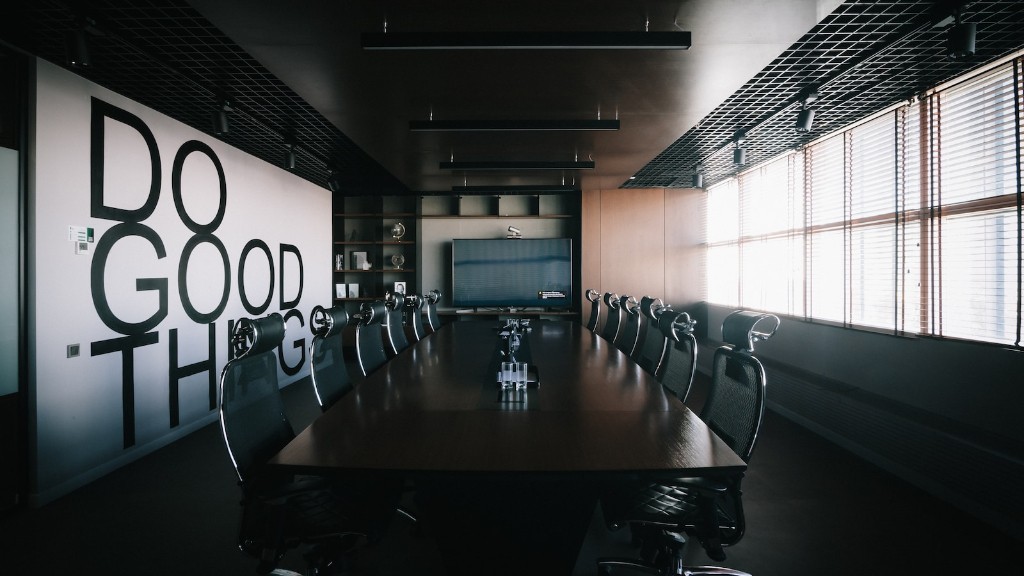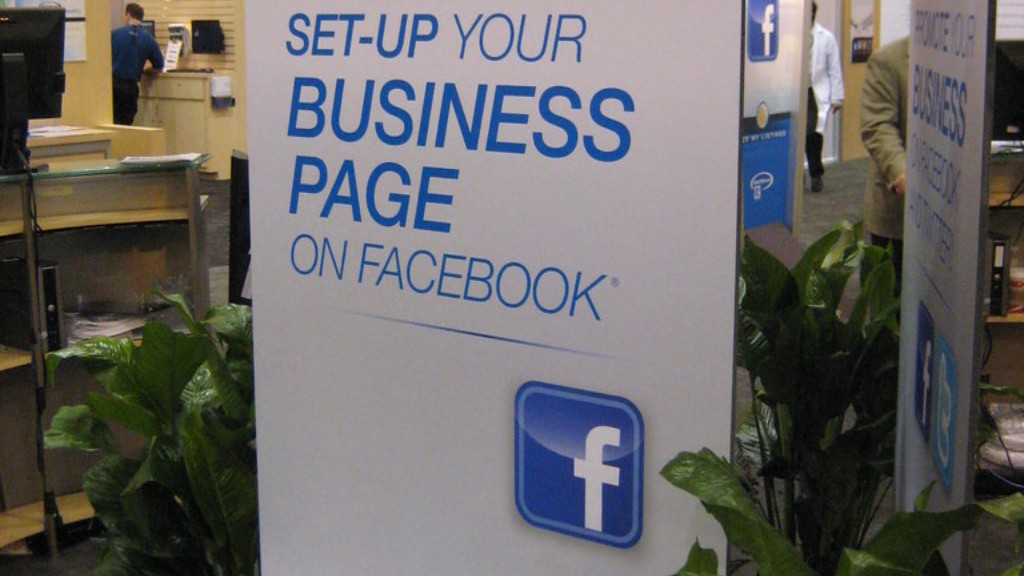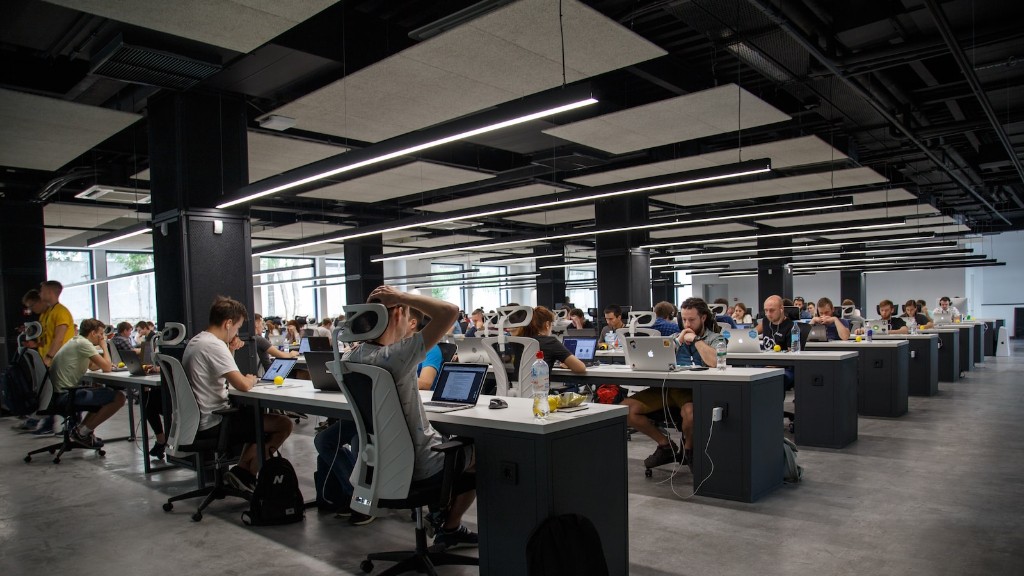In the world of business, there are many different marketing strategies that companies use to increase sales and gain market share. One such strategy is known as shelf-space marketing. This involves using marketing techniques to increase the amount of space that a product occupies on store shelves. This can be done by changing the packaging, using point-of-purchase displays, or by working with store managers to increase the product’s visibility. Shelf-space marketing can be an effective way to increase sales, but it is important to carefully consider the costs and benefits before implementing this strategy.
A shelf-space marketing strategy is a plan that allocates a certain amount of space on store shelves to a product or products. This type of strategy is often used by businesses that manufacture and sell products that are in high demand or that are new to the market. By allocating a specific amount of shelf-space to a product, businesses can ensure that their products are seen and purchased by consumers.
What does shelf space mean?
A store’s shelf space is the total amount of space available in the store to display goods for sale. The amount of space for particular goods is determined by the store’s layout and the size of the products. If a store orders too many copies of one book, it has less money and shelf space for others.
The shift from frequency to reach-based planning is a major change for media planners and buyers. Instead of planning and purchasing based on the number of times a target audience is exposed to an ad, they now need to focus on the weekly or even daily reach of that audience. This new approach, known as the shelf-space model, focuses on reach, dispersion, moderate GRP levels and continuity, and incremental cost-per-target-reach-point. While it may take some time to adjust to this new way of thinking, it is ultimately a more effective way to reach target audiences.
How do you increase shelf space in marketing
1. Know Your Retailer: Every retailer is different and will have their own unique requirements for products that they stock on their shelves. It is important to know what these requirements are and to tailor your products and packaging accordingly.
2. Share Your Expertise and Support: Retailers are always looking for products that are backed by experts. If you have knowledge or experience in the area that your product is related to, be sure to share this with the retailer. They will be more likely to stock products that they know are supported by experts.
3. Have Retail-Ready Packaging: Your product packaging should be designed with the retail environment in mind. It should be easy for retailers to store and display your products.
4. Propose Creative In-Store Marketing: In-store marketing can be a great way to increase the visibility of your product. If you have ideas for creative in-store marketing, be sure to share them with the retailer.
5. Maximize Out-of-Store Marketing: In addition to in-store marketing, out-of-store marketing can also be effective. This can include things like online marketing, social media marketing, and traditional advertising.
6. Collect Convincing Data:
A digital shelf strategy is a plan for improving your position on the digital shelf and providing a more holistic customer experience online. By improving your position on the digital shelf, you will be able to reach more customers and provide them with a more seamless online experience. In order to improve your position on the digital shelf, you will need to consider your customer’s needs and how you can best meet them. Additionally, you will need to consider how you can improve your online presence and make it more user-friendly. Finally, you will need to consider how you can use data to improve your digital shelf strategy.
Do brands pay for shelf space?
A slotting fee is a charge that manufacturers pay to place their products on retail shelves. This fee ensures that brands will be able to stock a new product until its sales performance can be established. Slotting fees are typically paid on a per-item basis, and they are generally non-refundable.
A manufacturer may pay $350 – 500 per display per store in order to introduce the brand to new shoppers. The fee varies depending on the product, with higher fees for specialty products or for choice of secondary placement. For example, placing crackers far away from the snacks category (perhaps closer to beverages) would incur a higher fee.
What is shelf space in business?
The shelf space in a store is important because it directly corresponds to the amount of merchandise that the store can put out on display. Therefore, a store that orders too many copies of one book leaves less room for other books, which can negatively impact sales. Shelf space is also important because it can impact how customers view the store. For example, if a store has a lot of empty shelf space, customers may think that the store does not have a good selection of merchandise.
It is important to have adequate shelf facings in order to ensure that products are not lost in the masses of other products lining the shelves in supermarkets. There have been a number of experiments conducted on shelf space elasticity, which is the ratio of relative changes in unit sales to relative changes in shelf space. The results of these experiments show that having adequate shelf facings is crucial in order to maintain sales of products.
What is shelf space optimization
Shelf-space optimization models are a key tool that retailers use to determine the optimal shelf configuration for their products. These models help retailers to determine the number of facings for each item included in the assortment. A common characteristic of these models is that they do not account for in-store handling processes. This can be a critical oversight, as in-store handling can have a significant impact on the overall efficiency of the retail operation.
Another tip that I actually do use is if you don’t particularly like a few books put those at the top of your TBR (To Be Read) pile. That way you are more likely to read them because you want to get them out of the way. I don’t do this with every book I own because sometimes I do want to read them eventually, but if I really don’t like the sound of a book I will do this.
How do you maximize shelf space?
This is a great way to maximize space on a shelf and keep things organized. By using a bin or basket, you can treat it like a drawer and have all of your small items in one place. This is especially helpful for things like tea boxes, DVDs, or slippers.
1. To get better shelf placement for your product, be prepared to make a long-term commitment to the store. Show them that you’re willing to work with them for the long haul and you’re more likely to get prime placement for your product.
2. Consider what needs your product can fill for the store. If you can show that your product will help the store meet its goals, you’re more likely to get better placement.
3. Co-branding can be a great way to get better product placement. By teaming up with another brand, you can get your product in front of more people and make it more visible.
4. Finally, drive growth for your product by sales and marketing. The more people you can get to buy your product, the more likely the store is to give it prime placement.
What is the best shelf positioning
According to research, most consumers believe that the middle shelf is the best placement for products in a store. A plurality of shoppers said they were more likely to buy products on the middle shelf than either the top or bottom. This suggests that retailers should place products on the middle shelf in order to increase sales.
Shelf management is critical for retailers in order to ensure products are able to be found and purchased by customers. Proper product placement and stocking levels help to drive sales, while an organized and well-maintained shelf can create a more positive shopping experience.
What is shelf positioning?
Product placement on a retail store shelf can make a big difference in sales. Top shelf or eye-level placement is ideal, but manufacturers should also consider middle or bottom shelf placement for budget-conscious shoppers. Products can also be placed next to your own brand, a competitor brand, or complementary items to attract the attention of shoppers.
Walmart does not charge suppliers for product placement in its stores, unlike many other grocers. The company is working with suppliers to provide the best possible experience for customers. Retailers are also investing in private-label brands that allow them to avoid product placement fees altogether.
Does Walmart lease shelf space
If you wish to lease space from Walmart, you can visit their website (leasingwalmart.com) and apply for space in their online portal. Please note that your business must be able to comply with all of Walmart’s requirements in order to be considered for leasing space from them.
If you find a pricing error at a store, there is no federal law requiring the company to honor that price. However, there are laws against false or deceptive advertising. If the company can show that the pricing error was just a mistake, then it is not considered false advertising. You can try to negotiate with the company for a lower price, but there is no guarantee that they will agree to it.
Warp Up
Shelf space is the amount of space that a product or brand occupies on store shelves. Shelf space can be an important marketing tool, as it can influence how likely customers are to notice and purchase a product. Stores often charge manufacturers and brands for shelf space, and the amount of space a product or brand occupies may be determined by the size of the product, the popularity of the brand, or other factors. Shelf space can also be used to differentiate products from competitors.
Shelf-space marketing strategy is a way of increasing the sales of a product by strategically placing it on store shelves so that it is more visible to customers. This can be done by placing the product in a prime location, such as at eye level or at the end of a aisle, or by using special displays or packaging. Shelf-space marketing can be an effective way to boost sales, but it is important to ensure that the product is well-made and reasonably priced, as customers will be less likely to purchase a product that is poorly made or overpriced.





